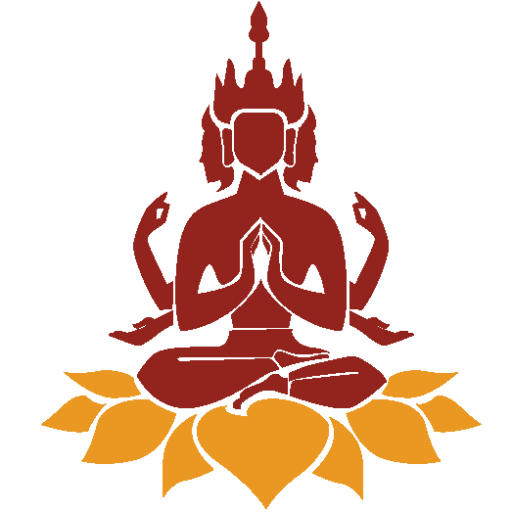Jose Alonzo Pina
Calipatria State Prison
i) Connect a topic in lectures 7 or 8 to the assignment or something else you have read or studied.
While listening to Dr. Lancaster in lecture 7 of this series, I was reminded of the first course I studied, in particular The Ten Oxherding Pictures. Dr. Lancaster was talking about the mapping of Bodhisattva development in regard to the Ten Bhumis or Ten Stages. Both, the Ten Bhumis and Ten Oxherding pictures are similar. It can be said that both are the mapping of a Bodhisattva path to awakening.
In the Ten Oxherding pictures, it shows how one begins to come to the path. First, the oxherder’s life is at a point when he feels that there is something missing. He searches until he see’s the ox, catches it, but not without a strugle. Once he tame’s the ox he is at peace. Once at peace, he goes out to spread and share his peace with everyone else. He became awakened and he forgot about his struggles and even the ox. He took his peace to make it the peace of others.
The Ten Bhumis are similar. From the first stage to the third the practitioner starts the path and faces his demons. There is a struggle. From the fourth to the ninth stages, he begins to cultivate wisdom. He Understands emptiness and let’s go of his ego-self. Dualism is suppressed. He becomes a master at his skills. He finds peace. In the Tenth stage, he takes what he has gained and selflessly gives it to everyone else. The Bodhisattva’s path is now dedicated to lead others to liberation.
Both of these examples are a wonderful thing to study. Both are paths to awakening. Both end in the Beginning of a new path to help others find peace. Studying the mapping of the Bodhisattva’s development as well as the Ten Oxherding Pictures are an inspiration to my own path, and I hope to lead others to peace as I have realized it. Prison is a good place to start.
ii) Relate a topic in lectures 7 or 8 to an experience in your life or someone you know.
In lecture 8, Dr. Lancaster talked about how most people think of emptiness as a bad or negative thing. How most of us don’t think of emptiness as something we live with and depend upon. He used many examples, such as if we have an empty space, we need to fill it, and how we are attracted to emptiness. He is trying to teach us the importance of realizing emptiness and seeing it as not just a basis for enlightenment, but for a basis of living in reality.
I’ve attempted to open the eyes and minds of the last three cellmates I’ve had. This I’ve done by asking them what do they think about when they think of emptiness. What do they describe as emptiness. I was not at all surprised to find that they understood emptiness as a desolate, lonely, bad thing. When I told them how would they feel if I told them that they and everything else is empty, and that emptiness is good and is necessary for our everyday lives, they expressed fear.
But once I explained emptiness, in a Buddhist point of view, two of the three showed interest. One was a bit harder to convince due to a language and culture barrier. But once those barriers where broken, a more positive outlook of life resulted. The result was that my cell life, (which is 23 hours a day for 5 day out of the week. The remaining two days we are allowed a total of 4 hours recreation yard time.) was more peaceful. I even motivated or inspired one cellmate to study the Dharma.
Learning about emptiness has improved my life. It has benefited others as well. I now am exploring the options I have to help others outside of my cell. I use my recreation time to spread the Dharma. I even talk about emptiness and my studies to friends and family using the mail. I hope to inspire many.
